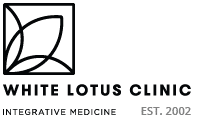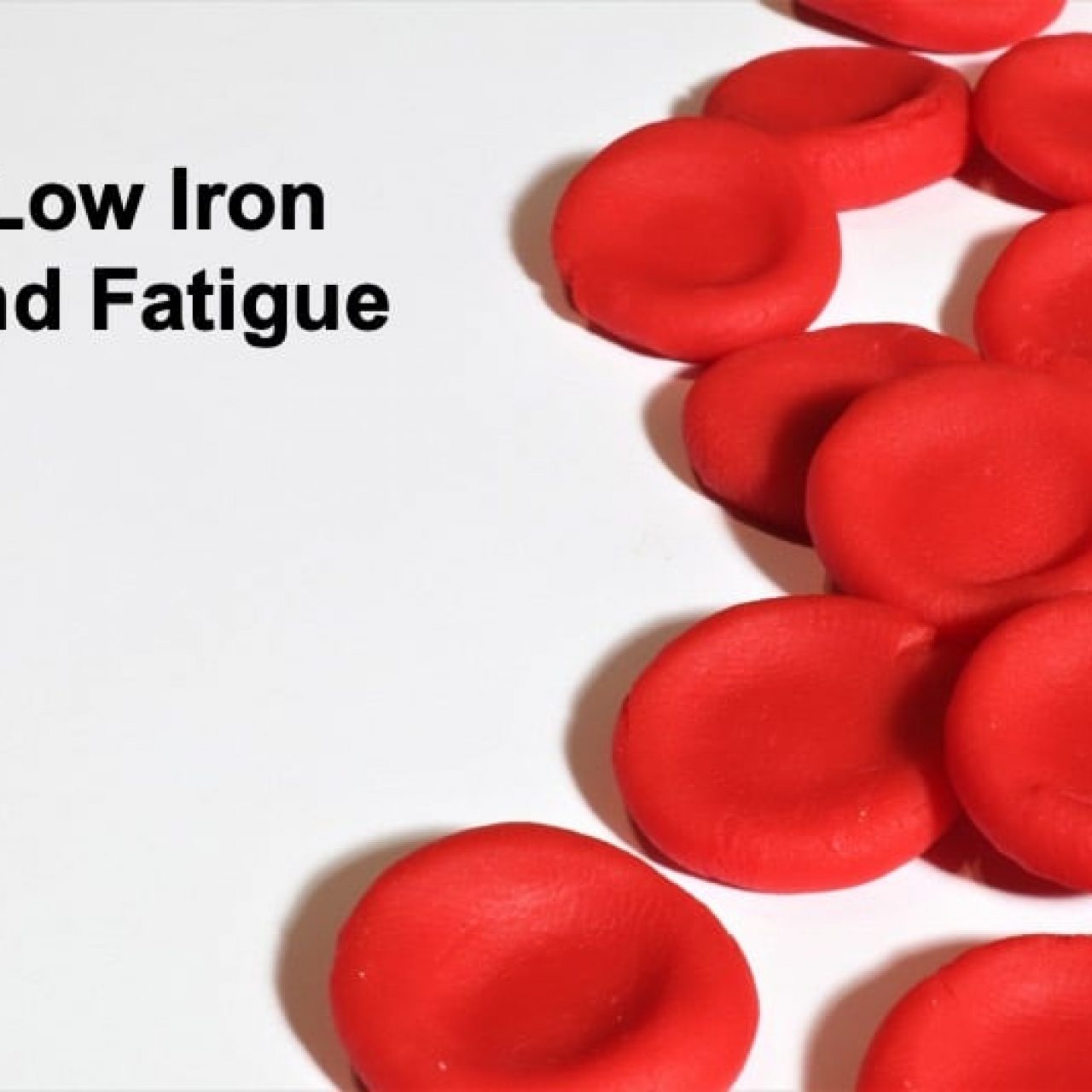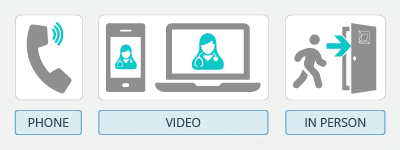Feeling tired throughout the day can have several different causes. In women, however, one of the major causes is lack of iron. Since women lose blood monthly through their periods, iron stores can be depleted quite often. Feeling tired all the time shouldn’t be considered normal: there’s typically a reason. I often find that many women have low iron levels.
Fortunately, it can be just as simple as amending your diet with the right quality iron to get your energy back up. It’s incredibly important check your iron stores—specifically your ferritin levels. In this article, I’ll go over common questions related to iron supplementation.
What Causes Low Iron?
- Lack of dietary intake of protein and iron-rich foods
- Inflammation
- Stress
- Crohn’s and/or Celiac Disease
- Vegetarian diet
- Menorrhagia (Heavy Menstrual Bleeding)
Here is a List of Common Low Iron Symptoms:
🅾️ Extreme fatigue
🅾️ Weakness
🅾️ Pale skin
🅾️ Chest pain, fast heartbeat, or shortness of breath
🅾️ Headache, dizziness or lightheadedness
🅾️ Cold hands and feet
🅾️ Tongue inflammation or soreness
🅾️ Brittle nails
🅾️ Unusual cravings for non-nutritive substances, such as ice, dirt, or starch
🅾️ Poor appetite, especially in infants and children with iron deficiency anemia
What is the Ideal Level of Iron in the Blood?
I often see women being told their iron levels are completely normal. If you look closely at the reference range, however, it is startlingly vast. The range for ferritin levels (your storage form of iron) is anywhere between 5-272 ug/L.
In order to be at a healthy level, your iron should be around 40-50 ug/L. If you are experiencing hair loss, your ferritin should be around 60-80 ug/L.
What Other Lab Tests Should be Considered?
Other lab tests to consider include Vitamin B12 since it is used in the formation of red blood cells. Also a complete blood count test, as this will show various markers such as hemoglobulin levels, and Red Blood Cell (RBC) count. Additional investigation includes, iron levels, transferrin, Total Iron Binding Capacity (TIBC), and folate.
How to choose the right iron supplement?
There are many different types of iron supplements to choose from out there. Furthermore, a lot of the poorly absorbed iron supplements can cause constipation. If your iron is low, you really want to make sure you’re taking an iron supplement that is both highly absorbed, and good quality iron. This will prevent constipation.
Iron supplement | Features | Bioavailability | Side Effects |
Ferrous sulfate, gluconate, fumarate | Iron salt Common iron supplement
| Good | May cause stomach irritation Constipation |
Ferrous bis-glycine chelate | One molecule iron bound to two molecules of glycine | Very soluble and stable | Less likely to cause irritation compared to iron salts |
Polysaccaride Iron Complex | Made from carbohydrate and ferric iron | Slightly less than iron salts | Carbohydrate component stabilizes iron in the stomach so less likely to cause irritation
|
Heme Iron | Known as medical food supplement as the source is bovine hemoglobin Can be taken with food | Very bioavailable | Low side effect profile |
What is the Best Iron Dosage?
Depending on your levels, your doctor will walk you through the best dose and the best iron option for your individual needs. Each type of iron has varying benefits. Generally speaking, 29 mg of iron is commonly recommended for Ferrous Bis-glycine chelate.
When is the Best Time to Take Iron Supplements?
You want to make sure you take your iron separately from calcium-rich foods such as dairy products. In contrast, vitamin C helps with iron absorption. Typically, iron is recommended to be eaten separately from food in order to optimize absorption. That said, if you experience nausea with iron supplements, you can take them with food that doesn’t contain calcium.
What are Some Food Sources High in Iron?
Foods rich in heme iron (animal sources) include:
- Chicken or beef liver
- Seafood such as oysters, clams, and shrimp
- Beef
- Turkey
- Tuna
- Eggs
Foods rich in non-heme iron (plant sources) include:
- Beans (kidney, lima, navy)
- Tofu
- Lentils
- Molasses
- Green leafy vegetables such as spinach, kale, Swiss chard, and collard greens
- Seeds such as chia, hemp, and pumpkin





